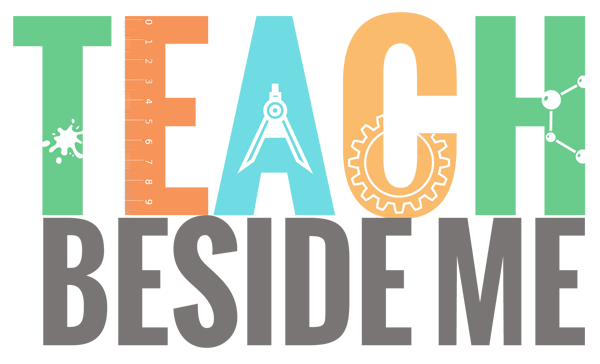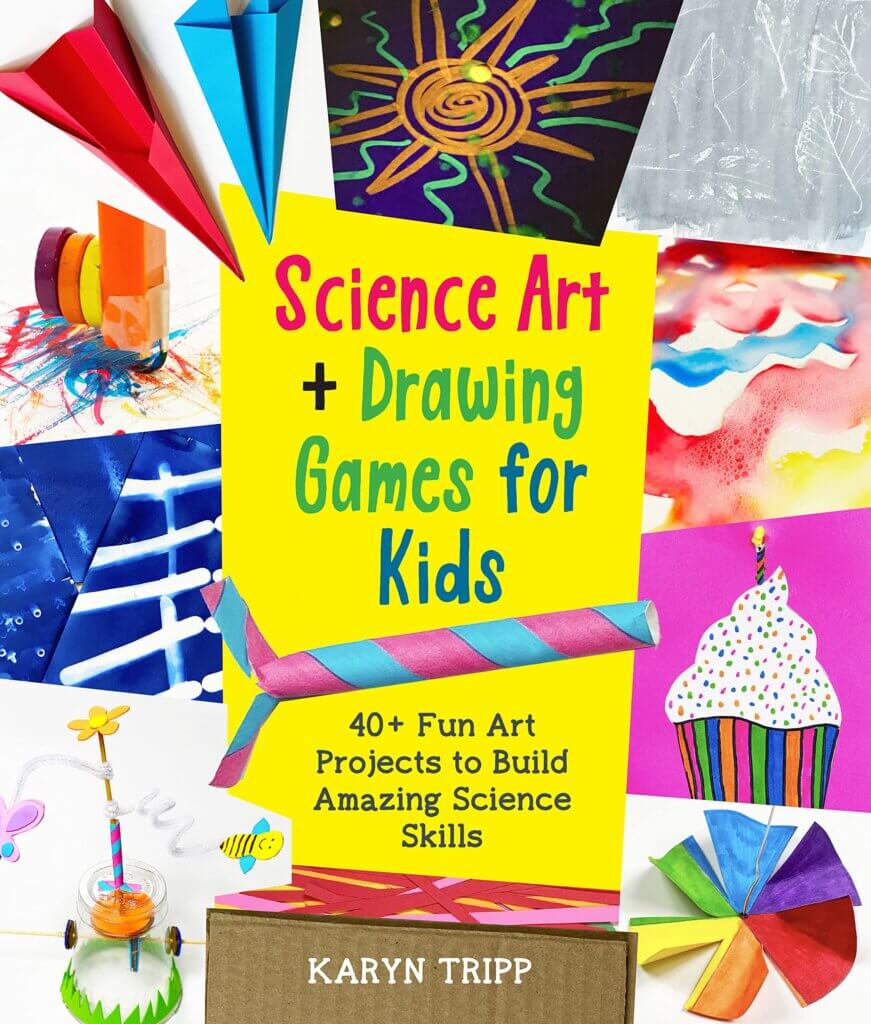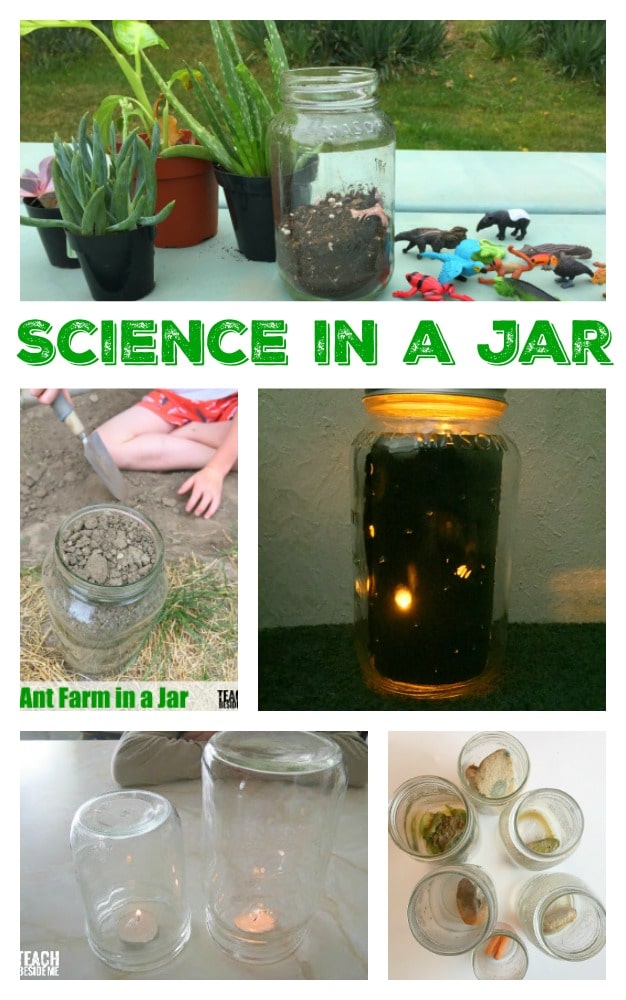Science of Color Mixing Art Project
This post may contain affiliate links.
Try an incredible color mixing art project, plus learn the science behind color mixing in the process! We had so much fun doing this art lesson in our homeschool.

The Science of Color
Did you know there is a science to colors? Isaac Newton was the first to discover that white light has seven visible colors. Light waves allow us to see these colors. When light waves hit an object, some are absorbed and some are reflected. Our eyes see what is reflected back.
Now for a little basic color theory.
DOWNLOAD MY COLOR WHEEL NOW!
You have likely heard of the primary colors, red yellow and blue. When you mix these colors, using paints, it is called subtractive color mixing. This creates secondary colors.
Red + yellow = orange, yellow+ blue= green, and red +blue = purple.
Primary and secondary colors are called hues. In science a hue is the wavelength that makes a color appear to be the color it is.
But what happens when you add black, white or gray? Adding white to a color is called a tint. If you add black to a color it is called a shade. Adding gray to a color is called a tone. Darker colors absorb more light, reflecting less back to our eyes and making us see less color.
Try this fun color-mixing activity to see how many different colors you can make. Kids of all ages will enjoy this hands-on art lesson.
Supplies for the Color Mixing Art Project

Acrylic paints (Tempera paints will also work!)
Paint brush (try it with your fingers or q-tips)
Water
Thick white paper
Ruler
Paint Palette or paper plate
Instructions for the Color Mixing Art Project
Prepare your paper by drawing pencil lines along the top and left of the paper about ½ inch thick. Use a ruler to make the lines straight.

Put a little bit of each color of paint on a tray. Start with red and paint a line of it going from left to right and from top to bottom overlapping at one point.

Rinse your brush and paint the next color in the same way, but this time start from the top first then doing the one from the left second. Continue in this pattern alternating starting points until you have gone through all of the colors of the rainbow as well as black, white and gray. As you alternate it will give the paint a look of woven fabric.

Do not be afraid to let the colors mix as you move across them. Or try it with your own color choices.
How many tints, tones and shades of colors do you think you created in this color mixing art project? Did you create some new colors you hadn’t seen before?
Try it with watercolors. Do you think the effect will be the same?
More Science Art Hands-on Activities:
Science Art: Alcohol and Watercolor Painting
Science Art: Conductive Paint Circuits
Homemade Paintball Bombs (Science + Art)
Rainbow Science: Sugar Density Experiment
Rainbow Play Dough Color Mixing– Try some color mixing for preschoolers with this fun play dough project!
Oh, by the way, I wrote a whole book on the topic of Science Art!





